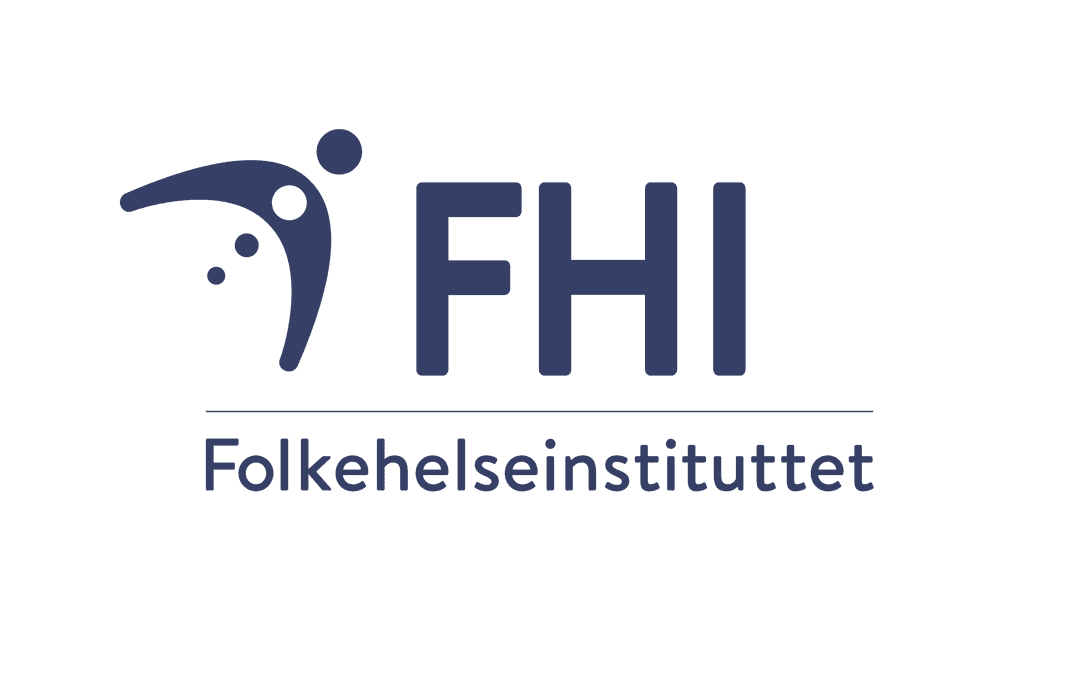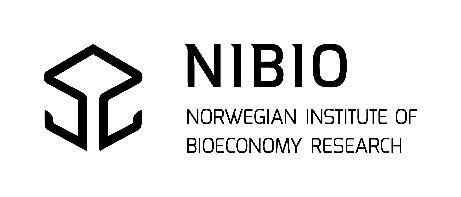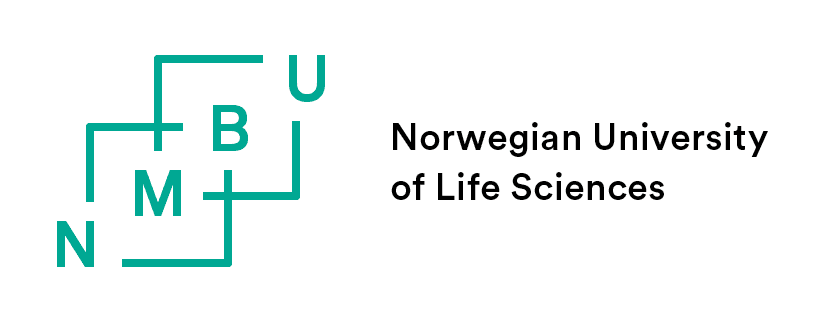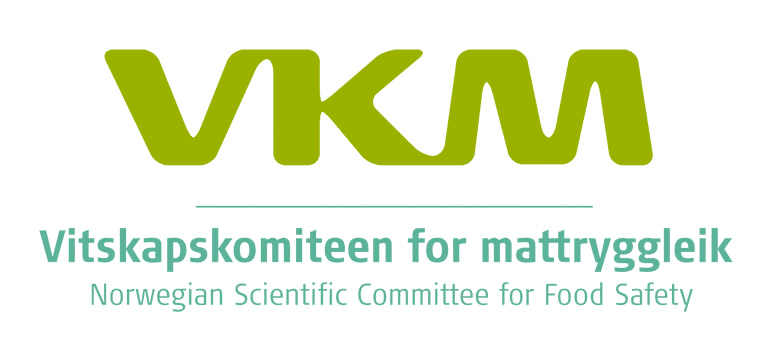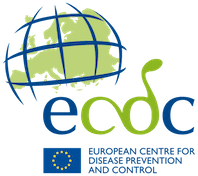Infectious Diseases

What are infectious diseases?
Infectious diseases are disorders caused by organisms such as bacteria, viruses, fungi, or parasites. Many of these organisms are normally harmless, and they can even be living on or in an organism (e.g. the human body or an animal) at any given time. However, under certain conditions, some organisms can cause disease. Infectious diseases can be spread directly or indirectly from one individual to another, from animal to human, through insect or animal bites, or by consuming contaminated food or water.
These diseases can affect plants, animals, and humans, manifesting in various symptoms that can be mild, severe, or even deadly, affecting health and productivity. In plants, infectious diseases can lead to symptoms such as wilting, blights, and rusts, significantly impacting agricultural productivity and affecting food security. In animals, these diseases not only impact the health of health of domestic and agricultural industries but also wildlife conservation. Moreover, some infectious diseases can be zoonotic, meaning they can be transmitted from animals to humans. In humans, infectious diseases are a major public health concern, capable of causing widespread outbreaks and pandemics with high morbidity and mortality rates.
Threats to Everyday Life
Infectious diseases pose significant threats to everyday life and medical treatment. They can disrupt daily activities, cause widespread health crises, and place immense pressure on healthcare systems. In the medical field, infectious diseases are particularly concerning because they can lead to hospital-acquired infections, complicate surgeries and other treatments, and contribute to antibiotic resistance. This resistance makes it increasingly challenging to treat common infections, turning them into severe health threats.
Where do I start?
Further Norwegian resources
Surveillance in Europe
External Resource
- Latest publication in Cristin
- Ongoing projects listed in Projektbanken
